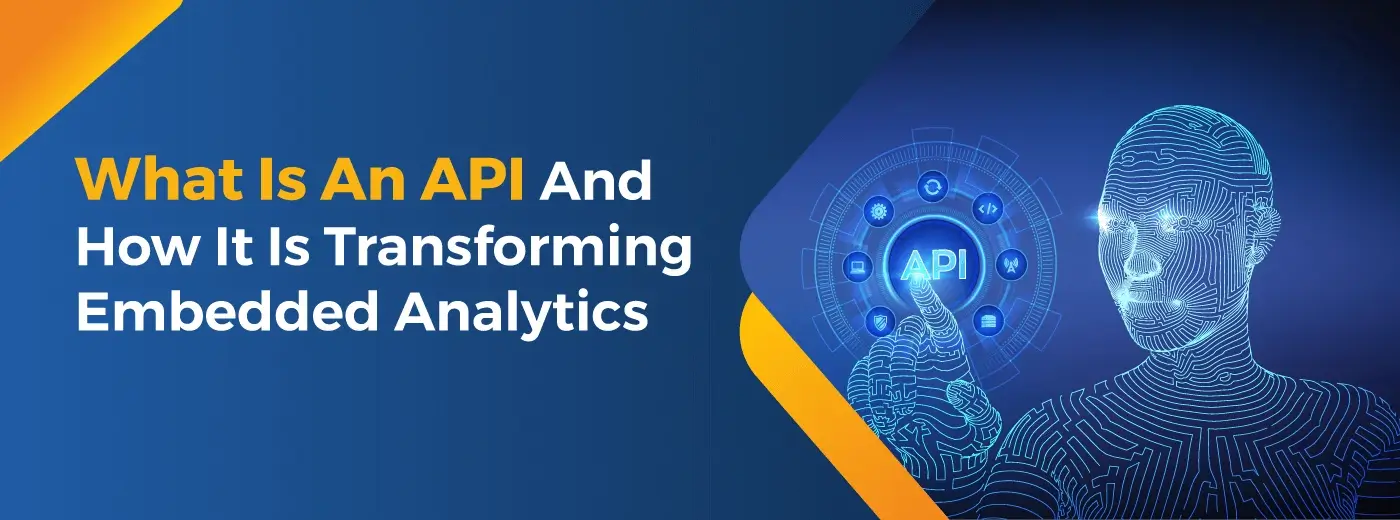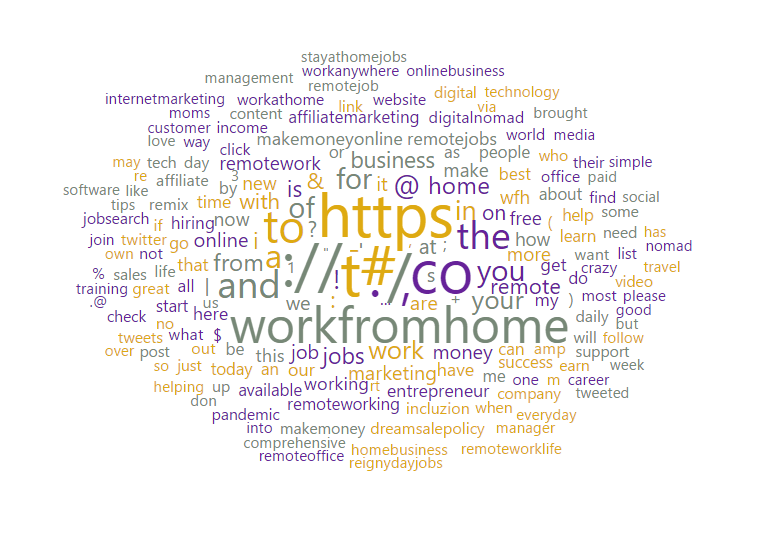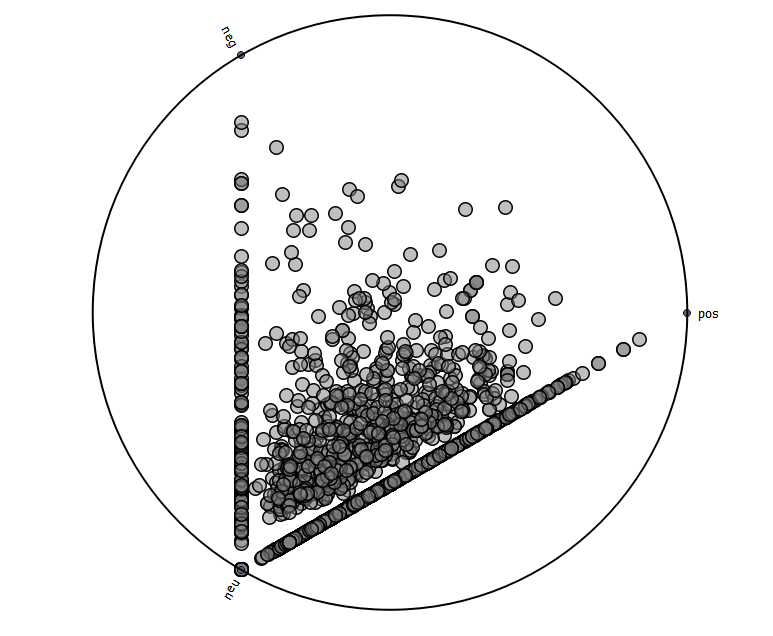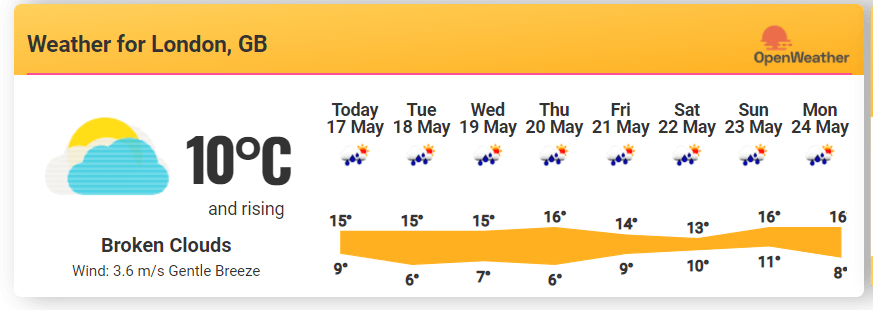
Sign up to receive latest insights & updates in technology, AI & data analytics, data science, & innovations from Polestar Analytics.
Ever wondered how the pdf file you received on whatsapp can be accessed by a pdf viewer, or how in recent times many websites have been developed that can give you instant access to the information posted on Twitter for the availability of beds, or how one hospitality website can give you a shortlist of all the information of a hotel from various other websites? The answer to all of the above questions is the same, it is the Application Programming Interface or the API.
Technically, it is defined as an interface that defines interactions between multiple software applications or websites. Simply stating, it is how websites talk to each other. That is, if any two websites are taken as two people speaking different languages, the API would be the translator between the two for the exchange of information and data to take place.
API has opened up a wide range of opportunities and possibilities for the usage of data and one of its applications is in Embedded analytics. So, before we deep delve into the use cases of API, let us understand what Embedded Analytics is.
Gartner defines Embedded analytics as a digital workplace capability where data analysis occurs within a user's natural workflow, without the need to toggle to another application. For a more detailed explanation, you can go through our previous article embedded analytics drive user adoption.
In short, it eliminates the need to toggle between apps without disrupting the user workflow. Think of having dashboards visible on your desktop or bringing dashboards into your user flow without having to open new software. To understand how embedded analytics is useful, let us understand how API works.
1. Sentiment Analysis (Using Twitter Data)
Though there are a lot of applications and uses for the Twitter data (thanks to the #hashtags) like the covid resources being available or the bots on Twitter, one of the key prominent areas can be to use the data for sentiment analysis by the use of keywords and understand the major trends and overall sentiment ( positive, negative or neutral) for any chosen topic or a brand. For example, the data has been taken for work from home the word cloud and the average sentiment looks like the following:


Platform used: Orangedatamining
We can see that remote working, making money, etc. are the common words, with the sentiment moving towards the neutral positive. With better keywords and requirements, we can analyze the sentiment of each and every tweet. In a similar way, Facebook and many other social media platforms also have API with which one platform interacts with others and data extraction is possible.
We have all used websites like Trivago, MMT, or many other booking platforms, which act as aggregators for the information of rooms, hotels, or flight details to show them at one place for the user to make an informed decision. These websites use API to gather the data from different websites and link it to theirs such that all the information can be viewed in one place without having to change the workspace. For example, Trivago uses Trivago fast connect, to connect between the various booking platforms to gather information in real-time. Also, this is similar to travel booking where the information on the number of seats being available can be shared across various platforms on a real-time basis such that there would be no errors while booking and also reduce the dependency on manual calling for checking the status.
You might have seen a picture like the one below on your phone or on your desktop when you search for weather information. How does your phone widget directly get the information from websites like this?

Image Source: Openweathermap
So, API is how websites like google have access to the information from resources like Open weather. The weather reports can be accessed with APIs, for example, Openweathermap provides historical, current, and forecasted weather data via APIs in real-time and has plans which can be explored depending on the requirement.
One can guess the plethora of opportunities that would be available now with the linking of the websites that can be done easily, one such implementation would be in the field of embedded analytics.
Analytics deployments fail mostly due to a lack of adoption and personnel training. The hassle of learning new software to learn how to integrate it with the current user flow provides a challenge. Here is where Embedded Analytics comes into the picture, they provide the user the capability to keep an eye on their key metrics and dashboards while working on their daily activities.
The key advantages of having Embedded analytics are:
User Experience
The primary benefit of having Embedded Analytics is having a harmonious user experience, without having to toggle between apps or having to bring an enormous change to the current workflow increases the productivity of the user.
For example, with the help of our in-house product called Accio Qlik, the KPIs you wish to monitor can be seen as a sticky note on the desktop removing even the need to open any application.
Data Utilization
Embedded Analytics with the use of API gives the platforms the ability to use data from multiple sources and blend them together to form valuable insights. For example, one can blend the data from platforms like excel or other platforms to mash them together in one place
Seamless Integration
You can also see a lot of Business Intelligence platforms with embedded analytics software like Qlik and Power BI (which we are technology partners with), which would help generate insights through dashboards, right at the point of decision making to maximize the value you can generate with the same amount of data.
This shows how the integration across platforms can be seamless and robust to create a one-stop dashboard or platform for all the required KPIs or KRA’s or even as an e-commerce platform to interact with channel partners without having any manual interventions reducing the time, effort and capital to be involved in the business while also creating value for all the stakeholders and users. All of this has been made possible by API which is helping different sources integrate with one another.
Make the most of your resources and get critical insights on a real-time basis by embedding BI and Analytics.
GET CONSULTEDIn conclusion, the opportunities being generated using API is growing day by day and the cases presented are just the tip of an iceberg. The opportunity to use data available not only on your website but also of other platforms would be beneficial to create a competitive advantage to the companies.
And with the help of Embedded Analytics, the hesitance of changing to a different platform can be removed as insights can be embedded right into the existing decision-making touchpoints without adding another task to open.
If you want something similar to your firm or want to know more about it? Read about our expertise in Embedded Analytics or contact us.
About Author

Data & BI Addict
When you theorize before data - Insensibly one begins to twist facts to suit theories, instead of theories to suit facts.